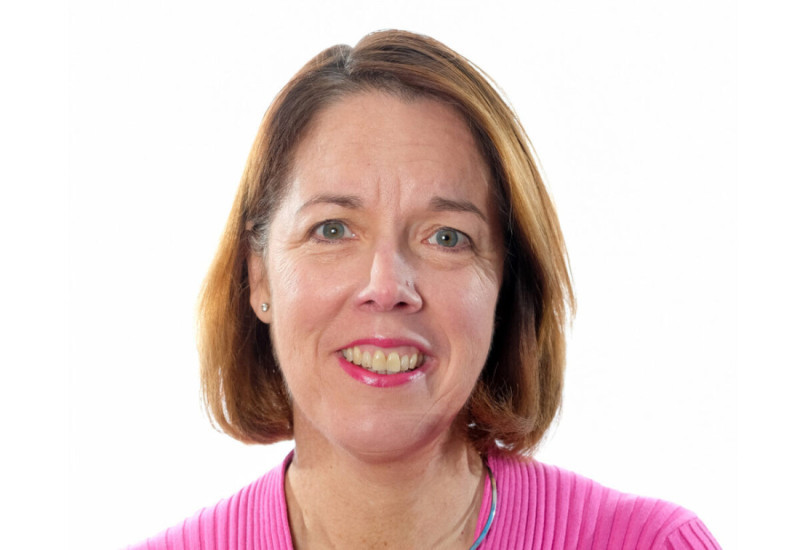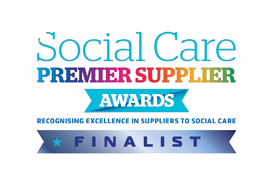In The News
The CQC's introduction of the Single Assessment Framework to reform the way social care services are evaluated in England has been a significant change in the regulation of the care sector. This new framework aims to create a more streamlined, consistent, and outcome-focused assessment process.
Therefore, the goals behind the changes are clearly welcome. However, it has also brought clear challenges to providers. Here, we delve into the significant changes brought about by the SAF, its potential benefits, and the challenges it presents.
Changes Introduced by the SAF
One of the most notable changes is the replacement of multiple separate frameworks with a single, cohesive system. Previously, different care settings such as hospitals, home care services, and GP practices were assessed using distinct methodologies, often leading to inconsistencies and confusion.
The Single Assessment Framework consolidates these varied approaches into one unified framework, ensuring that all services are evaluated against the same standards.
Furthermore, it replaces the old 'key lines of enquiry' (KLOEs) with 'quality statements.' These statements are written from the provider's perspective. The change is designed to reduce duplication and provide providers with a clear, actionable framework.
The last of the main shifts in focus is from processes to outcomes. Under the previous system, much emphasis was placed on procedural compliance, often at the expense of actual outcomes. The new framework aims to assess the real-world impact of services, emphasising person-centred care and the experiences of those receiving care.
Benefits of the SAF
One of the clear positive developments of standardising the assessment criteria across all service types is that the new framework ensures a consistent approach to evaluating care.
This uniformity helps eliminate previous variations and biases, leading to fairer and more accurate assessments.
The streamlined assessment process should also reduce the administrative burden on both providers and inspectors. By focusing on critical quality statements and reducing duplication, the new framework allows for more efficient use of resources, further driven by the greater clarity the Single Assessment Framework should provide.
Challenges of the SAF
However, the change has not been solely positive, and implementation challenges remain. Transitioning to the Single Assessment Framework involves adapting to new quality statements and evidence categories, which can be challenging for providers.
The rollout of the SAF has encountered technical issues, particularly with the provider portal used for submitting evidence and interacting with the CQC. These issues have created some initial hurdles, but ongoing refinements and feedback from stakeholders are expected to address these challenges over time.
Moreover, the early feedback from providers has highlighted concerns about the high number of quality statements and the clarity of guidance provided. The CQC is actively working to refine these aspects based on stakeholder input.
However, the ongoing adjustments and the need for continuous feedback may create some uncertainty in the short term rather than the clarity it was meant to provide.
Interview
This month, we sit down with Nikki Walker, Chief Executive of Quality Compliance Systems (QCS), to discuss the ongoing implementation of the CQC’s Single Assessment Framework.

We begin by discussing the feedback QCS received from their customers regarding the new Single Assessment Framework. Nikki explains that it’s been a mixed picture. “The theory of it was received positively, and providers are pleased that [the guidance and framework] are being simplified”.
But the change has brought challenges, she explains. “We have had a lot of feedback from customers who were frustrated with the lack of information and resources available at the beginning, which was difficult for providers.”
Overall, though, Nikki hopes that the problems in adapting to the CQC’s new framework are short-term and “teething problems from having to go through the steps of implementation and getting [the new framework] to come alive. There are, however, clear frustrations particularly with access to the new portal and inconsistency in inspections. These need to be resolved for providers to see the benefits of the new framework.
However, whilst simplicity has been helpful, some parts of social care remain shrouded in regulatory blind spots, she explains. “I think there are other spaces which aren’t regulated sufficiently, particularly dementia”. Nikki adds that “there is an opportunity for further thinking about what regulation is needed to ensure that those living with dementia consistently receive the right care and how we enable people to stay living at home longer.”
We have had a lot of feedback from customers who were frustrated with the lack of information and resources available at the beginning, which was difficult for providers
This need for continued serious conversations between regulators, policymakers, and care providers is compelling for Nikki, who believes only through addressing this can dementia care be “delivered really well and done safely.”
Digitally Driven
What is clear is that an essential feature of the new framework has been a prioritisation of digitally driven continuous assessment. When pressing Nikki specifically on whether this reliance on digital data is harmful for social care, where the human element is so important, she believes it does not have to be.
“If it’s done well, no ... it is possible for providers to make everything digital. [The pandemic] helped create an impetus to become more digital, and we see almost completely digital providers. Obviously, care is all about the human element, so this is not about being robotic … it’s about using technology to support service users to give the best care most efficiently.”
The Future of Care Regulation
As we near the end of our discussion, we look forward to the future of regulation in the sector. Given the UK’s ageing population and rising demand for adult social care, Nikki believes this may have influenced the changes in the framework. “I think part of this has been recognising that the really detailed framework we had wasn’t going to be workable as we go forward.”
The overriding message from our discussion is that while the new Single Assessment Framework has faced problems, simplification is good news for providers. As we wrap up, Nikki highlights the exciting changes in the sector and draws attention to the “vision-led businesses” operating within it who are determined to innovate - something that QCS, at the forefront of technology in the care sector, is spearheading.
Opinion
Ian Trenholm, Chief Executive of the Care Quality Commission (CQC), sets out his thoughts to us regarding the implementation of the new Single Assessment Framework so far and what improvements can be made. The following is based on a blog post published at the end of March, available on Medium.

Transforming Care Quality: The CQC's New Single Assessment Framework
CQC is changing. We've developed and introduced a new assessment framework that provides a single vision of quality for the whole health and care system. This framework draws heavily on our experience of regulation over the last decade, including lessons learned during the pandemic and our Key Lines of Enquiry.
Our ambition for the new assessment approach is to use the data we collect more effectively, enabling us to more frequently update our view of quality across services and systems. This will give people who receive care and providers a clear view of the quality of care and areas for improvement.
Transformation of this scale has required extensive planning and development. Over the last three years, we've worked with people who use services and the people who care for them to ensure that the new framework represents and supports individuals and their needs.
At the same time, transformation of this scale is, of course, neither linear nor simple. We've taken a staged approach, and we're learning and refining through the feedback we receive from colleagues across health and social care.
I'm confident that as we continue to assess services against the new framework and as our technology changes mature and become embedded, the strategic aims behind our transformation will be realised
We know how important it is for the public, providers, and stakeholders to share an up-to-date view of quality. Our new approach allows us to work in smaller packages over shorter time frames, working on and off-site, which providers will find less disruptive.
Frequency of assessments
We also know that providers are keen to understand the planned frequency of assessments. We're building that information using the feedback and data we gather during this transition period. We aim to publish timelines in the summer.
Relationships with providers
Another concern we're hearing from providers is that they will no longer have a dedicated relationship holder. Our new assessment team structure means there will always be someone you can contact and speak to with knowledge about your service. We are reviewing how this assessment team structure works in practice and will keep providers updated on any changes from this work.
Clarity of guidance
We heard that the website's guidance section needed to be more straightforward. We've created a new "guidance and regulation" landing page and an index page for assessment, setting out a clear running order and allowing providers to download all our assessment content from a single page.
Provider portal
Our new provider portal is now available. We're continuing to work towards further improvements, such as developing how providers upload and share information with us, for a better experience.
I'm confident that as we continue to assess services against the new framework and as our technology changes mature and become embedded, the strategic aims behind our transformation will be realised. These aims — regulation driven by people's needs and experiences, smarter regulation, safety through learning, and accelerated improvement - underpin everything we're collectively working for.



